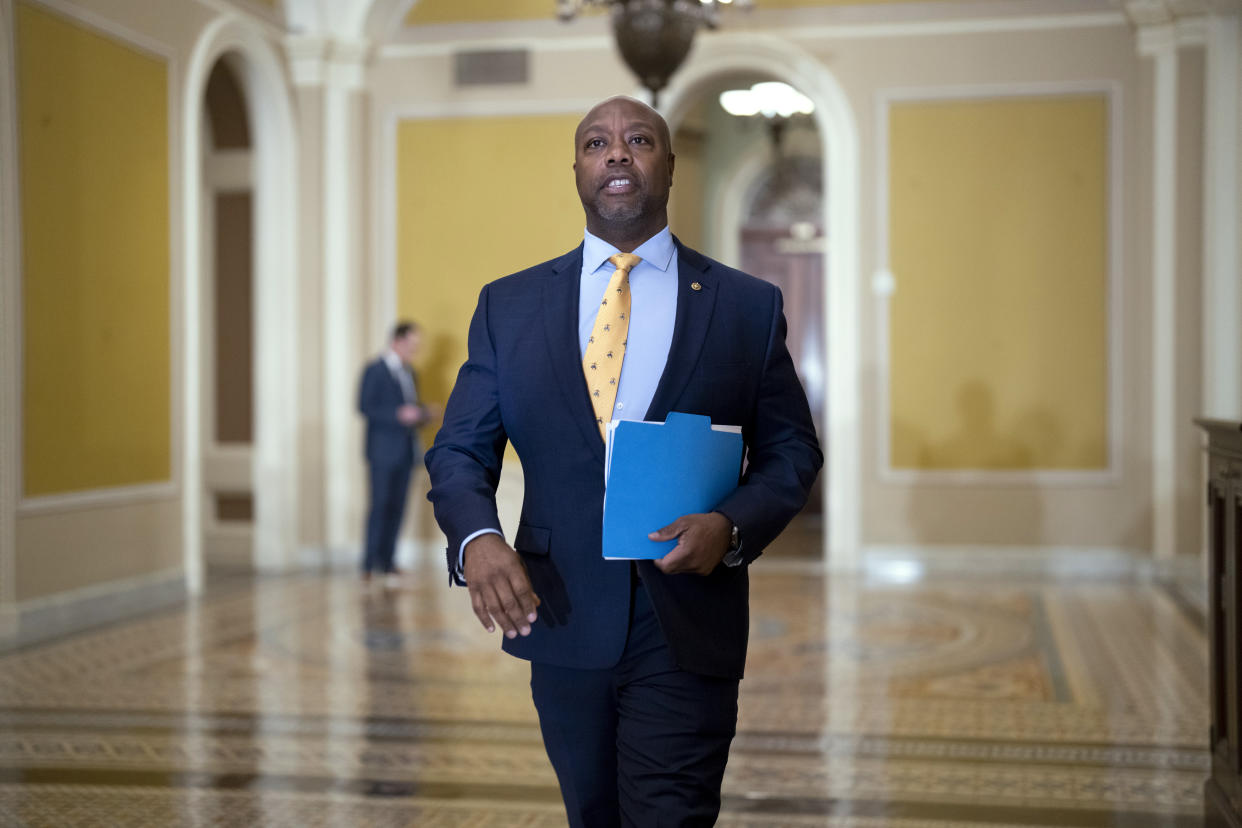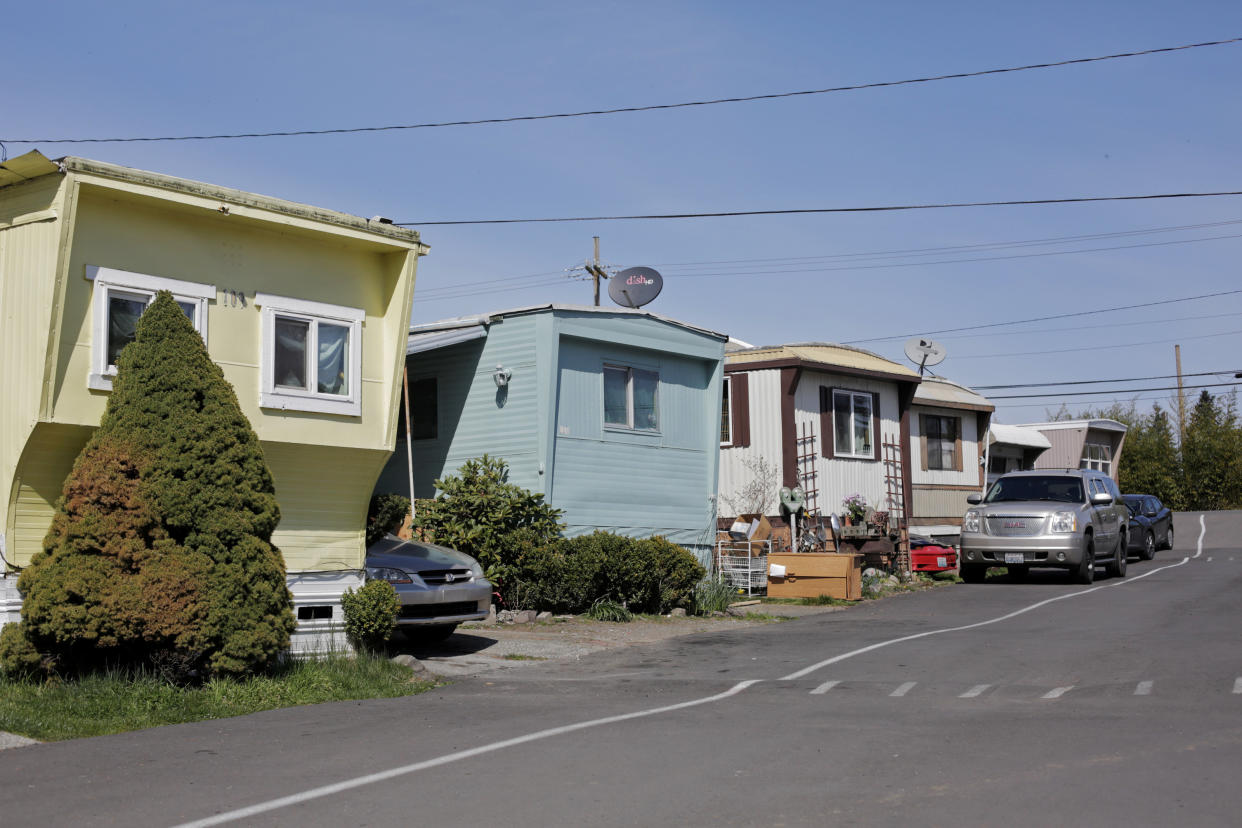Top Republican takes on the Biden administration over new energy rules for mobile homes
Sen. Tim Scott (R-SC) is asking the Biden administration to delay new energy standards for mobile homes set to go into effect at the end of next month.
In a new letter to Energy Secretary Jennifer Granholm given exclusively to Yahoo Finance, Scott said “this costly and misguided regulation” will squeeze low-income Americans who will be “unfairly asked to bear the costs imposed by climate alarmists.”
The new rules require more insulation and energy-efficient windows, changes that will increase the costs of building the homes. But they will also save Americans hundreds of dollars on their electricity bills while also cutting nationwide carbon emissions by 80 million metric tons.
Monday’s letter from Scott, the ranking member of the Senate’s Committee on Banking, Housing, and Urban Affairs, is the latest salvo in a debate over mobile homes — which make up about 6% of housing stock in the U.S. — and climate change that has stretched on for years.

Energy savings vs increased manufacturing costs
Proposals to make these homes, formally called manufactured housing, greener were first debated during the Obama administration, but reached the implementation stage under Biden with an announcement in 2022.
At issue is how long it will take for the energy savings to make up for the increased costs of building the homes themselves.
In its final rule, the Department of Energy projects a price increase of less than $750 for single-section homes and $4,100-$4,500 for bigger manufactured homes — so-called double wides — that are subject to more stringent standards. It’s a significant increase in the costs of these homes, which are built on assembly lines, shipped to locations around the country, and usually sell for under $100,000.
The Department of Energy says individuals will save money in the long run because residents of single-section homes can expect to save an average of $177 per year in electricity costs, while occupants of multi-section homes will see savings of $475 per year.
The rules have led to a pushback from industry trade groups on whether the math from these “speculative" energy savings will ever add up after the administration acknowledged in its 2022 rule “that it has not fully enumerated testing and enforcement costs at this time."

On the other side of the debate, clean energy groups have argued that the less stringent requirements on single-section homes need to be increased.
Scott — who also appears to be edging closer to making a run for the presidency in 2024 — is seeking to delay and rethink the new rules, which he writes “are overly broad, unduly burdensome, and undermine commonsense efforts to increase supply and assist families looking for affordable housing opportunities.”
Either way, manufacturers of mobile homes are set to required to comply with the new standards after May 31, which marks one year since the rule was published.
Ben Werschkul is Washington correspondent for Yahoo Finance.
Click here for politics news related to business and money
Read the latest financial and business news from Yahoo Finance
